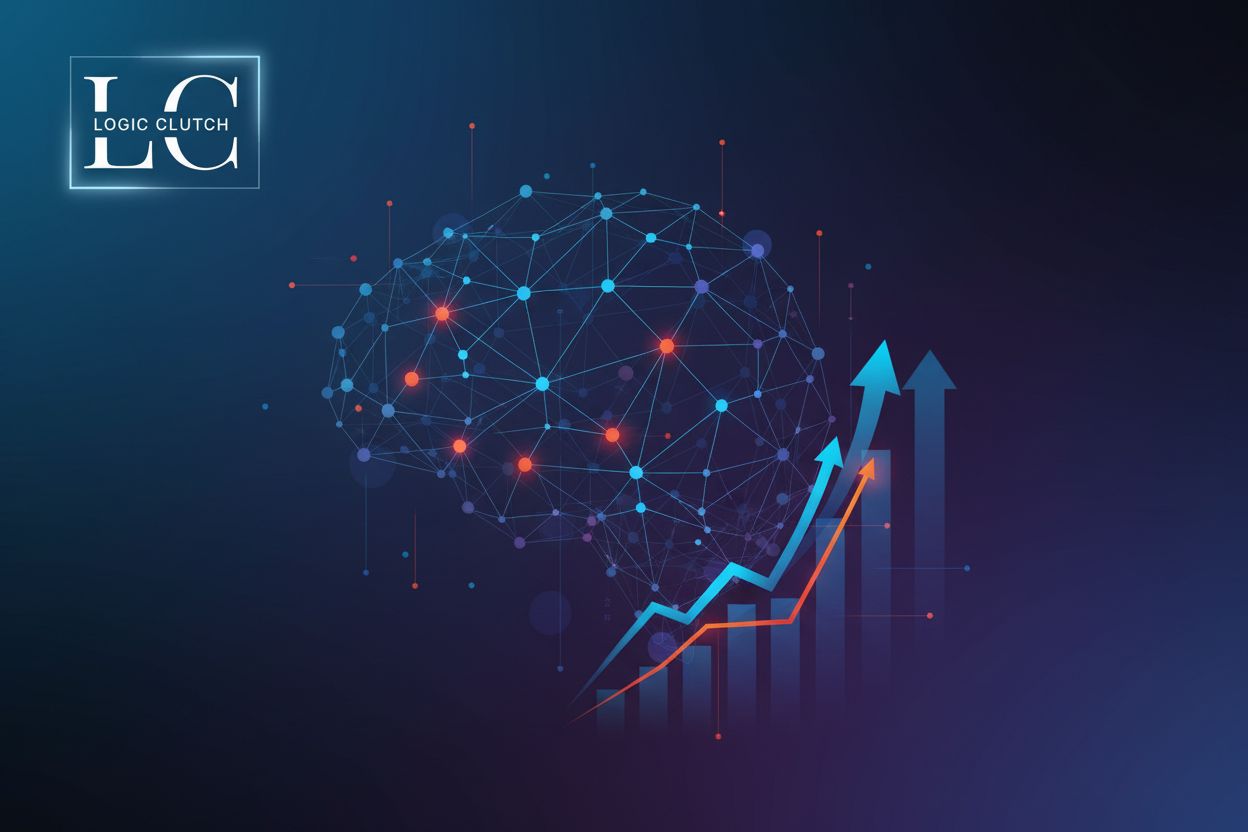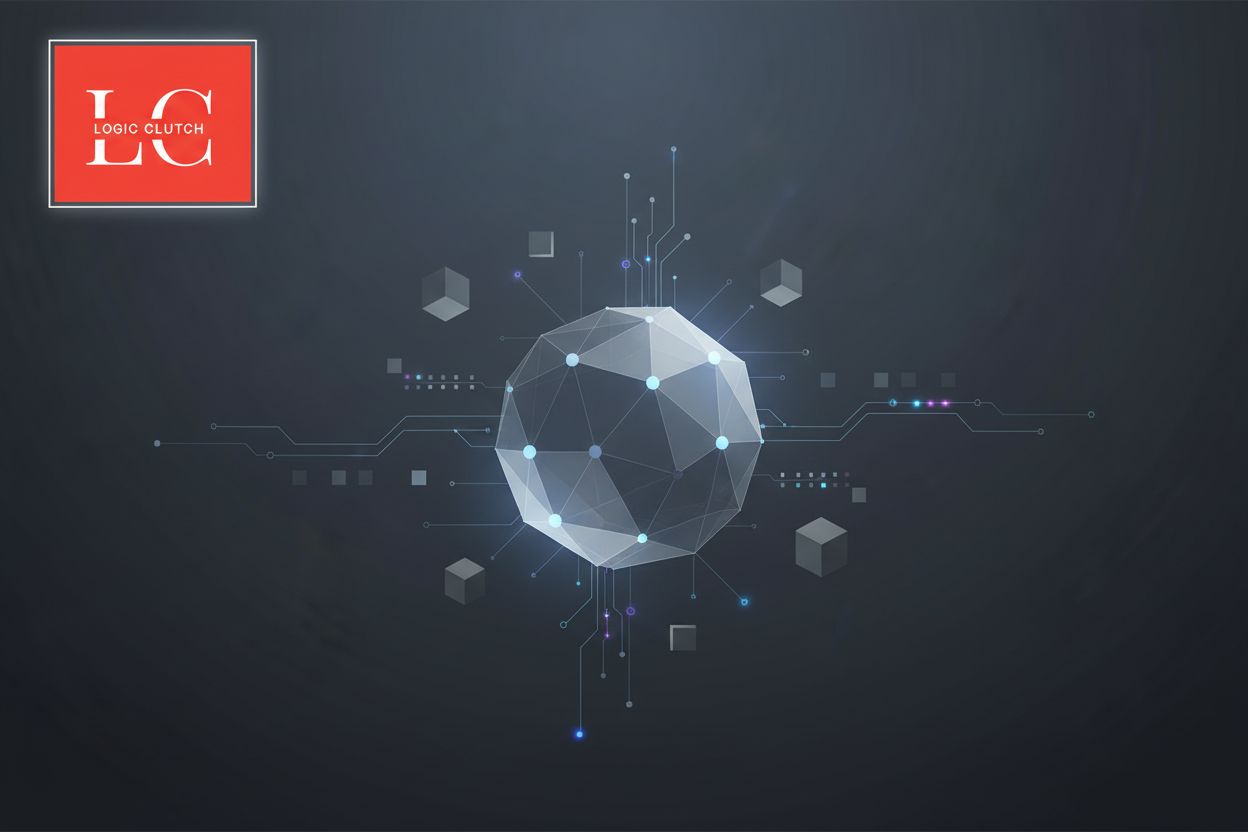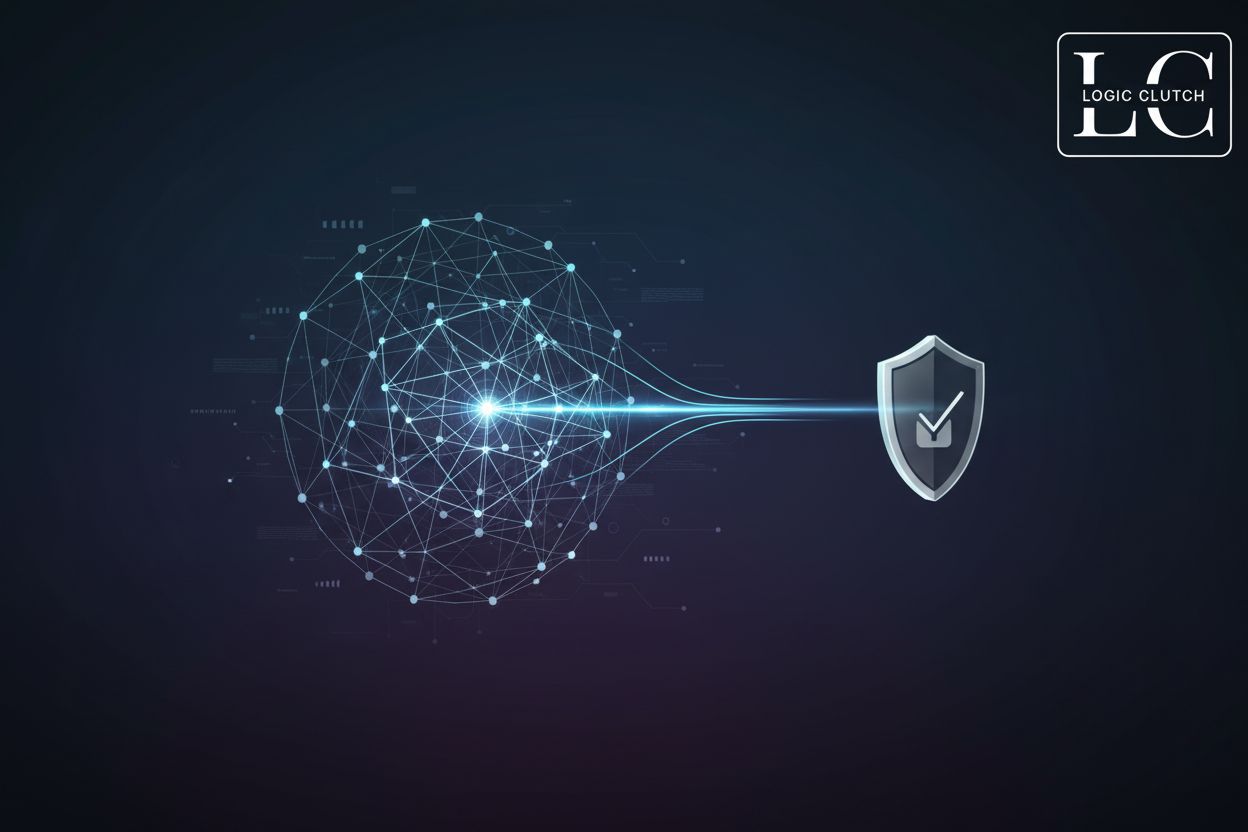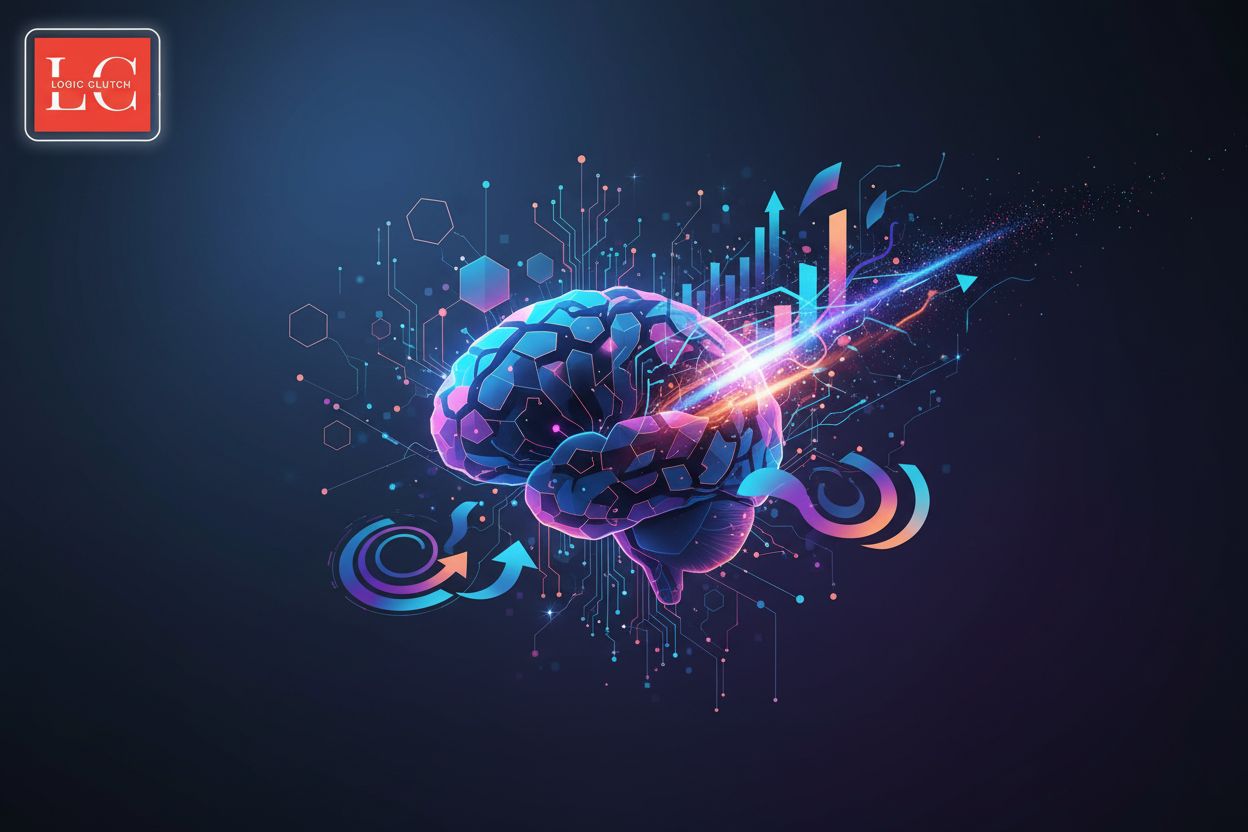Customer Service Chatbots Maximizing Salesforce with AI Analytics
TL;DR
The Rise of AI-Powered Chatbots in Customer Service
Okay, let's dive into the world of ai-powered chatbots and customer service! Did you know that some companies are already handling up to 80% of their customer interactions without any human agents? Crazy, right?
Customers these days, they expect instant support. Like, now. And they want it personalized, too. Traditional methods? well, they're struggling to keep up with that kinda demand. That's where ai chatbots come in, offering scalable solutions that can handle a whole lotta requests at once.
- Customers expect instant, personalized support: People just don't wanna wait anymore, and they want you to know them. Whether it's a quick answer to a question or a tailored recommendation, personalization is key.
- Traditional methods struggle to meet demand: Phone queues, email back-and-forths, they're just too slow for today's customers. Plus, it's hard to give each customer that personal touch when you're swamped.
- ai chatbots provide scalable solutions: ai-powered chatbots can handle tons of inquiries at the same time, 24/7. They can also use customer data to give personalized responses, making each interaction feel special.
So, what is an ai chatbot, exactly? Basically, it's a software application that uses artificial intelligence to have conversations with people. And it does it all automatically.
- Definition of AI chatbots and their underlying technologies: AI chatbots use technologies like Natural Language Processing (nlp) and Machine Learning (ml) to understand what people are saying and give helpful answers.
- Natural Language Processing (nlp): nlp helps the chatbot understand the meaning and context of human language. It's what allows the bot to make sense of slang, typos, and different ways of phrasing the same question.
- Machine Learning (ml): ml lets the chatbot learn from past conversations and improve its responses over time. The more it interacts with people, the smarter it gets.
- Integration with crm systems like Salesforce: Integrating these chatbots with your crm, like salesforce, it's a total game-changer. It gives the ai access to customer data, so it can personalize interactions and provide relevant information.
Now, why is ai so important for customer service? Well, it's not just about being trendy. It's about making customers happier, saving money, and making your team more productive.
- Improving customer satisfaction and loyalty: When customers get quick, helpful support, they're more likely to be happy and stick around. ai chatbots can provide that level of service, leading to increased loyalty.
- Reducing operational costs: By automating routine tasks and handling a large volume of inquiries, ai chatbots can significantly reduce the cost of customer service operations.
- Enhancing agent productivity: With chatbots handling the simple stuff, human agents can focus on more complex issues that require their expertise. This makes them more productive and engaged.
- Achieving data intelligence through analytics: ai chatbots collect valuable data about customer interactions, which can be used to improve products, services, and the overall customer experience.
As a Zendesk report notes, "90% of customer experience (CX) leaders believe that 80% of issues will be resolved without a human within the next few years" Zendesk
So, ai-powered chatbots are changing the game when it comes to customer service. They're helping businesses meet rising customer expectations, save money, and make their teams more effective. And it's only gonna get bigger from here.
Now, let's take a look at some of the specific ways that ai chatbots can maximize salesforce with ai analytics.
Benefits of Integrating AI Chatbots with Salesforce CRM
Integrating ai chatbots with salesforce crm? It's not just a pipe dream anymore, it's happening. And it's bringing some serious benefits to the table.
So, what exactly are the advantages of hooking up your ai chatbot to salesforce? Well, let's break it down.
leveraging salesforce data for personalized interactions: Imagine a chatbot that knows your customer before they even type a word. By tapping into salesforce, the chatbot can access customer history, past interactions, and purchase data. This allows for highly personalized conversations, addressing customers by name and offering relevant solutions. For instance, in healthcare, a chatbot could remind a patient about an upcoming appointment and provide pre-appointment instructions based on their specific medical history.
tailoring responses based on customer history and preferences: Generic responses are out; personalized experiences are in. With access to salesforce data, chatbots can tailor their responses to match individual customer preferences. If a retail customer frequently buys running shoes, the chatbot can proactively suggest new models or accessories. It's like having a dedicated customer service agent for every single customer.
creating proactive and engaging experiences: Chatbots aren't just for reactive support. They can proactively engage customers with personalized offers, product recommendations, or helpful tips. A financial services chatbot might send a proactive message to a customer nearing their credit limit, offering options for balance transfers or payment plans.
automating routine tasks and inquiries: Let's face it: answering the same questions over and over is a drag. Ai chatbots excel at automating routine tasks like order status updates, password resets, and faq. This frees up human agents to focus on complex issues that require critical thinking and empathy. I mean, it’s just good sense.
reducing agent workload and response times: The more tasks a chatbot can handle, the less work for human agents. This not only reduces agent workload but also significantly improves response times. According to one source, ai chatbots can automate up to 75% of routine customer interactions Social Intents.
improving data accuracy and consistency: Human error is a real thing. By automating data entry and information retrieval, ai chatbots can improve data accuracy and consistency. This leads to better reporting, more informed decision-making, and a more reliable customer experience.
collecting and analyzing customer interactions data: Every conversation a chatbot has is a goldmine of data. By collecting and analyzing these interactions, businesses can gain valuable insights into customer behavior, pain points, and preferences.
identifying trends and patterns to inform business strategies: With enough data, you can start spotting trends and patterns. What are the most common customer complaints? Which products are causing the most confusion? Armed with this information, businesses can make data-driven decisions to improve their products, services, and processes.
- optimizing chatbot performance based on analytics: Chatbot performance isn't set in stone. By tracking key metrics like resolution rate, customer satisfaction, and conversation length, businesses can identify areas for improvement and optimize their chatbot's performance over time. is the chatbot effectively resolving customer issues? Are customers satisfied with the chatbot's responses?
Imagine a bank using an ai chatbot integrated with salesforce. The chatbot can automatically verify customer identities, process routine transactions, and provide personalized financial advice based on their account history. The chatbot can also proactively identify customers who are at risk of defaulting on their loans and offer assistance, improving customer retention and reducing losses.
So, integrating ai chatbots with salesforce, it's not just about automating tasks; it's about creating a smarter, more personalized, and more efficient customer experience.
Now, let's explore some of the key features you should look for in an ai chatbot for salesforce integration.
Key Features and Capabilities of AI Chatbots for Salesforce
Alright, let's get into the nitty-gritty of what makes these ai chatbots for salesforce really tick. It's not just about slapping some code together; it's about features that actually make a difference.
So, what are the key features that make these ai chatbots so effective? Well, let's break it down.
Understanding customer intent and context: You see, it's not enough for a chatbot to just recognize words. They need to get what the customer means. This involves figuring out the intent behind the words and putting it all in context. A good chatbot can understand that "my order is late" means "where's my stuff?".
Handling complex and nuanced queries: Customers don't always speak in perfect sentences. Sometimes, it can be a jumbled mess - slang, typos, and all. The bot's gotta be able to deal with that. The ai needs to be able to handle the nuances to give a helpful response.
Supporting multiple languages: If you're dealing with a global customer base, your chatbot needs to speak their language or understand the language. Multilingual support isn't a luxury; it is a must.
Learning from past interactions to improve accuracy: The more a chatbot interacts, the smarter it should get. That's where ml comes in. By learning from past conversations, the chatbot can improve its responses over time.
Adapting to changing customer needs and preferences: Customer's needs aren't set in stone. They evolve, and your chatbot should too. The chatbot needs to adapt to those changes.
Optimizing chatbot performance over time: It's not a "set it and forget it" kinda thing. Chatbots need continuous monitoring and optimization to ensure they're performing at their best.
Accessing customer profiles, order history, and other relevant data: Remember how we talked about personalization? Well, that starts with data. A chatbot that can tap into salesforce for customer data, it's a game-changer for sure.
Creating and updating Salesforce records directly from the chatbot: It shouldn't just be a one-way street. The chatbot should be able to update salesforce records, too. This keeps everything in sync and reduces manual data entry.
Triggering workflows and automations within Salesforce: The chatbot can kick off other processes in salesforce, like creating a new support ticket or assigning a task to an agent.
- Deploying chatbots across multiple channels (website, mobile app, social media): Customers interact with you on different platforms, so your chatbot should be there, too. Website, mobile app, social media - the works.
- Providing a consistent customer experience across all touchpoints: No matter where a customer interacts with your chatbot, the experience should be consistent. Same tone, same level of helpfulness - everything.
- Seamlessly transitioning between channels as needed: It shouldn't be a jarring experience. The chatbot should be able to pick up the conversation where it left off, no matter what channel the customer is using.
For example, some chatbots can handle routine inquiries, freeing up human agents.
Now, with these capabilities in mind, what's next for these ai chatbots? Well, let's dive into how ai chatbots maximize salesforce with ai analytics.
Implementing AI Chatbots in Your Salesforce Environment A Step-by-Step Guide
Alright, so you're ready to get ai chatbots integrated into your salesforce setup, huh? It's not exactly plug-and-play, but following a step-by-step guide will make the process way smoother.
So, you've got your ai chatbot all set up, now it's time to connect it to salesforce, and maybe other systems too. This is where the magic really, really happens.
- connecting the chatbot to your salesforce instance: This is, like, the most important step, obviously. You'll need to use apis, or pre-built connectors, to link your chatbot platform with salesforce. Make sure you have the right permissions and credentials to access your salesforce data; otherwise, it just ain't gonna work.
- configuring data access and permissions: You don't want just anyone accessing sensitive customer info, right? So, set up granular access controls to limit what data the chatbot can see and modify. For instance, a healthcare provider might allow a chatbot to access appointment schedules and basic patient info, but not detailed medical records. It's about keeping things secure and compliant.
- integrating with other relevant systems (e.g., marketing automation, e-commerce): salesforce is probs not the only software you use. Hooking up your chatbot to other tools like your marketing automation platform or ecommerce system, it lets you create a more holistic customer experience. Like, a retailer could integrate their chatbot with their ecommerce platform to provide real-time order tracking info, or suggest related products based on past purchases.
It's not just about connecting the systems, it's about making them work together seamlessly.
Make sure your chatbot platform integrates with other systems - so it can access and share info
Imagine a bank integrating their ai chatbot with salesforce. The chatbot can automatically verify customer identities, process routine transactions, and provide personalized financial advice based on their account history. The chatbot can also proactively identify customers who are at risk of defaulting on their loans and offer assistance, improving customer retention and reducing losses.
- Prioritize Data Security: Implement robust security measures to protect customer data during data access and integration processes.
- Test thoroughly: Before you go live, ensure the integration works as expected and doesn't break anything.
- Document everything. Keep a record of all your configurations and settings.
So, yeah, integrating your ai chatbot with salesforce and other systems, it's like giving it superpowers.
Now, let's talk about testing and optimizing your chatbot to make it even better.
Choosing the Right AI Chatbot Platform for Your Business Considerations and Comparisons
Alright, so you've got your ai chatbot firing on all cylinders—but how do you pick the right one for your business? It's kinda like choosing a new car; you gotta consider what you actually need.
So, what are the key things you should be thinking about when picking an ai chatbot platform? Well, let's dive in.
Integration with Salesforce and other systems: Look, if your chatbot can't play nice with salesforce and your other tools, it's gonna be a headache. you wanna make sure it integrates seamlessly. That way, it can access customer data and trigger workflows without a bunch of manual work. you also want to check if the chatbot platform integrates with other systems- so it can access and share info.
- Example: Imagine a retail business using salesforce for crm and shopify for e-commerce. The chatbot should be able to pull customer order history from shopify and update salesforce records with interaction data automatically. otherwise, what's the point, right?
Scalability and performance: Can the platform handle a sudden surge in customer inquiries? You don't want your chatbot crashing during a big sale or marketing campaign. Scalability's key.
- Example: A financial services company needs a chatbot that can handle thousands of inquiries simultaneously during peak hours, such as tax season. It should also maintain consistent performance as the company grows and adds more users and features.
Security and compliance: Data privacy is a big deal. Make sure the platform meets industry regulations and protects customer data. This is especially important if you're dealing with sensitive information, like healthcare records or financial data.
- Example: A healthcare provider must ensure that the chatbot platform is hipaa compliant and protects patient data from unauthorized access. this includes encryption, access controls, and audit trails.
Ease of use and customization: Can your team easily train and customize the chatbot? A complex platform that requires a phd in ai is not exactly ideal! You want something that's user-friendly and allows for quick adjustments.
- Example: A small marketing team should be able to easily create and modify chatbot conversations without needing extensive coding knowledge. They should also be able to customize the chatbot's appearance to match their brand.
Okay, so there's a ton of chatbot platforms out there. How do you even begin to compare them? here's what to think about:
- Overview of leading chatbot platforms (e.g., Salesforce Einstein, Ada, Botsify): Each platform has its own strengths and weaknesses. salesforce einstein, well, it's great if you're already heavily invested in the salesforce ecosystem. Ada is known for its powerful automation capabilities. Botsify is a no-code option that's easy to use.
- Comparison of features, pricing, and capabilities: Look closely at what each platform offers. What kind of ai models do they use? What integrations are available? How much does it cost? These are all crucial questions to ask. according to thecxlead.com, factors to consider include core functionality, standout features, usability, onboarding, customer support, value for money, and customer reviews.
- Recommendations based on different business needs and use cases: There's no one-size-fits-all solution. A small business with limited resources might be better off with a simpler, more affordable platform. A large enterprise with complex needs might require a more robust and customizable solution.
The world of ai chatbots is constantly evolving. What's next?
- Advancements in nlp and ml: Expect to see even more sophisticated natural language processing and machine learning capabilities. Chatbots will become better at understanding customer intent, handling complex queries, and providing personalized responses.
- Integration with emerging technologies (e.g., voice assistants, augmented reality): Chatbots will likely be integrated with other technologies like voice assistants and augmented reality. Imagine a chatbot that can guide you through a virtual product demo using ar.
- The evolving role of chatbots in the customer service landscape: Chatbots will continue to play an increasingly important role in customer service. They'll handle more complex tasks, provide more personalized experiences, and work seamlessly alongside human agents.
As smythos.com notes, "Advancements in ai technology are rapidly enhancing chatbot capabilities"
So, choosing the right ai chatbot, it's not just about picking the flashiest option; it's about finding the platform that best fits your business needs and goals.
Next up, we'll be looking at the future of ai chatbots in customer service.
Case Studies Successful Implementations of AI Chatbots in Salesforce
Alright, let's see how ai chatbots are actually helping companies out there in the real world, not just in theory, you know? It's one thing to talk about features, but another to see them in action.
Well, it's important to understand that the impact of ai chatbots depend on the goals, but here are a few examples:
- Enhancing Customer Support Operations: Many businesses uses ai chatbot for customer service. For instance, according to shopify, AI chatbots significantly reduce the number of simple, repetitive questions that human support agents must field.
- Personalized Shopping Experience: By integrating AI into their customer service strategy, businesses can offer personalized product recommendations based on a customer’s shopping history and preferences. The AI can access customer information such as browsing and conversation history while simultaneously analyzing real-time voice or text input to provide relevant product information and personalized suggestions.
- Automated Workflows: Ai chatbots also excels at automating tasks such as order processing, account management, or password resets. Human agents can then focus on more complex issues or customer inquiries requiring a human touch.
Here's a simplified example of how a company might use Python to detect customer frustration:
def detect_frustration(text):
keywords = ["frustrated", "angry", "disappointed", "terrible", "awful"]
if any(keyword in text.lower() for keyword in keywords):
return True
else:
return False
customer_message = "I am extremely frustrated with this service!"
if detect_frustration(customer_message):
print("Customer is frustrated. Escalate to human agent.")
Additionally, ai chatbots can be used for multilingual support. By using natural language processing and neural machine translation engines, ai chatbots can support customers in their preferred language.
So, yeah, ai chatbots are having a real impact, leading to more efficient operations. Next up, we'll look at the future of ai chatbots in customer service.
Conclusion Embracing AI Chatbots for Superior Customer Service in Salesforce
Alright, so we've been chattin' about ai chatbots and salesforce, and how they can seriously level up your customer service game. But what's the real takeaway here?
Basically, ai chatbots can automate routine tasks, like answering FAQs. This frees up your team for more complex stuff.
It's super important to integrate chatbots with salesforce crm. This allows for personalized experiences using customer data.
And, you can even achieve data intelligence by analyzing chatbot interactions to improve business strategies, pretty cool, huh?
So, now it's time to get your hands dirty and explore implementing ai chatbots. Don't be afraid to experiment!
Make sure to prioritize customer-centricity; it's all about making the customer experience better.
Remember that continuous improvement is key, and that ai chatbots offer valuable insights that can help you refine your approach over time.
The future of customer service is here, and it's powered by ai. So, what are you waiting for? Dive in and start transforming your business today!











